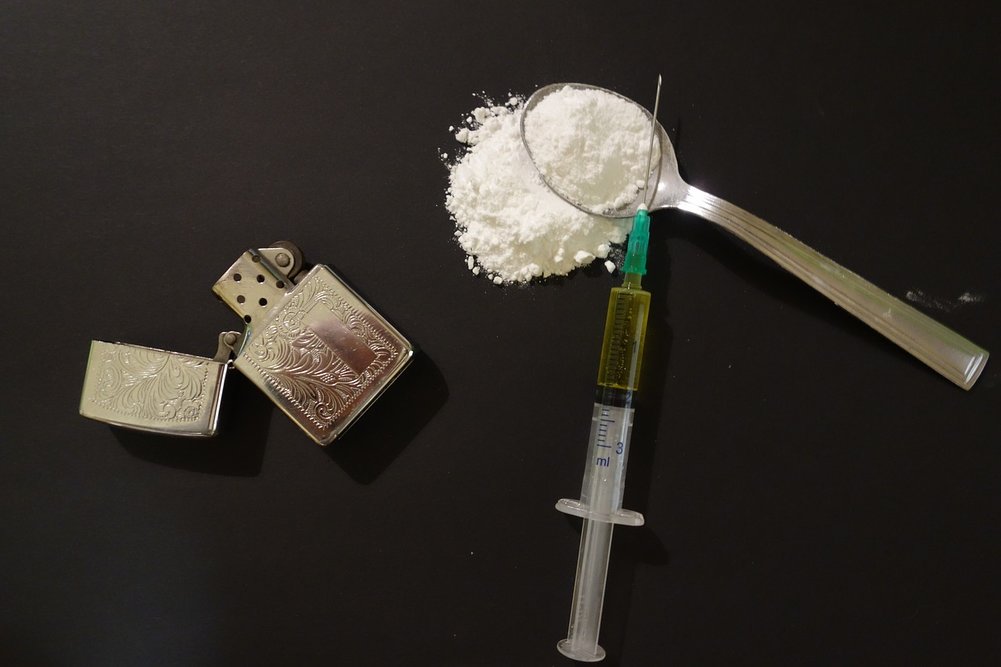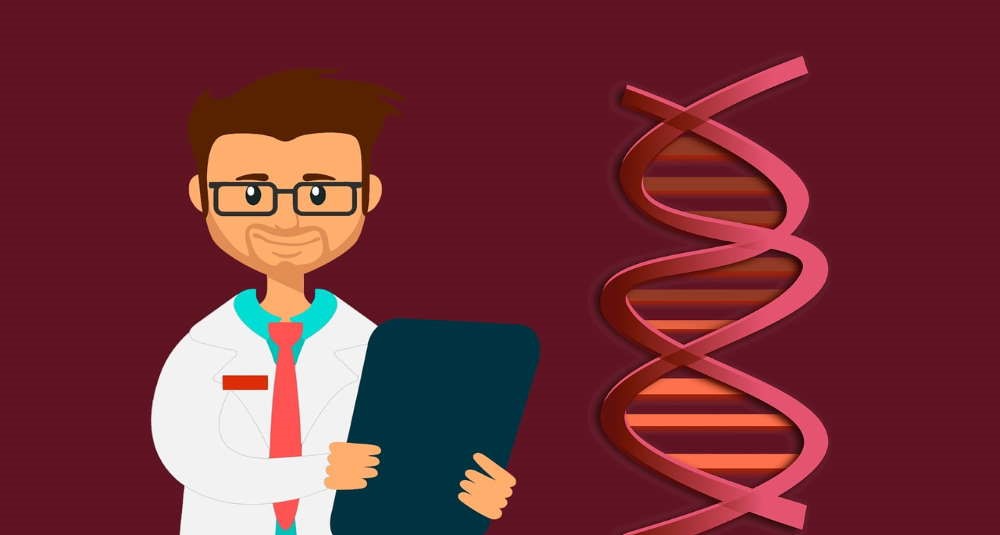Scientists are making discoveries that change the way we live. Have you ever asked yourself about the revolutionary discoveries that have made a huge impact on our scientific way of thinking and our everyday life?
Experts explain that most of people forget facts which are not connected with their emotional feeling or everyday life. As a challenge to test yourself, write down 1 application for each of the 8 revolutionary discoveries described in this article. Find out, how much you actually know about medicine and molecular biology that you are involved in.
1. Antibiotics
While the initial discovery of penicillin in 1928 by Scottish scientist Alexander Fleming and further antibiotic discoveries that were made in the 1940s, all medical application and further development of antibiotics reached the golden spot in 1960’s. This has resulted in a dramatic decline in death rates and serious illness arising from infection. 
2. Eradication of Smallpox – Birth of Vaccination
Smallpox was the first disease and only infectious disease of humans, to be eradicated by deliberate intervention. It became the first disease for which there was an effective vaccine in 1798. 
3. DNA and Central Dogma of Molecular Biology
The structure of DNA molecule without its functional understanding doesn’t provide enough information. This has probably inspired one of the DNA innovators, Francis Crick, to propose the idea of codons and the basics of the central dogma of molecular biology in 1961 (Crick, 1974). 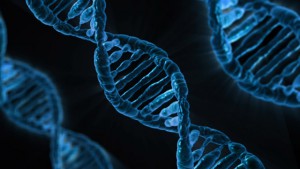
4. Recombinant DNA Technology
Recombinant DNA is an artificially model of DNA strand that is formed by the combination (engineered specifically) of two or more gene sequences. In 1970’s based the idea to form a new technique – recombinant DNA by P. Lobban and A.D Kaiser. In 1978, Werner Arber, Daniel Nathans and Hamilton Smith were awarded the Nobel Prize in Medicine for creating technology to discover, isolate and apply recombinant DNA. Usage of recombinant genes and proteins have become widely used in a field of biotechnology. This offers a novel method of managing some health conditions, such as the use of biosimilars and pest-control for gardens and farms.
5. PCR – Polymerase Chain Reaction
It is absolutely one of the “must have” and indispensable technique for a variety of applications. In 1983 Kary Mullis developed PCR technique and got Nobel Prize in Chemistry for his innovation. 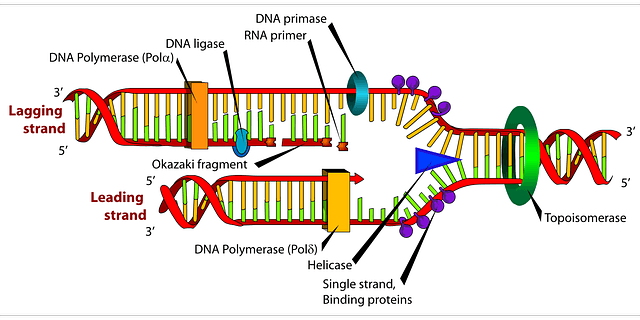
6. Identification of HIV/AIDS
HIV stands for human immunodeficiency virus that was identified in the 1980s and count to a group of viruses called retroviruses. There’s now good evidence that it jumped species to humans, probably in the late 19th or early 20th century during hunting and butchering of primates. Identifying and diagnosing persons as HIV-positive is the first step in the continuum of medical care and treatments. The only method currently available to detect some dual infections without further sequence analysis is the Multiregion Hybridization Assay (MHA), which is based on real-time PCR amplification of multiple genomic fragments, using subtype-specific probes for detection. Identification strategy programs all around the world, especially in sub-Sahara African countries, will rise the quality of life of the infected people and reduce rates of infant and child mortality caused by HIV and AIDS.
7. Stem Cells
Stem cells are specialized cells that have a capacity to undergo self-renewal and also at the same time having the ability to give rise to at least one or more differentiated or mature cell type. 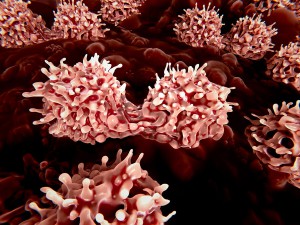
8. Decoding of Human Genome
The year 2000 is marked by the production of the sequence of the human genome. A ‘working draft’ of high quality sequence covering 90% of the genome has been determined and a quarter is in its final form, including the first two completed chromosomes. Knowledge of the human genome sequence enable us to understand how the genetic information determines the development, structure and function of the human body. This revolutionary discovery, gave us opportunity to explore how variations within our DNA sequence cause disease, how they affect our interaction with our environment and ultimately to develop new and effective ways to improve human health (Frazer, 2012).
By Vesna Kokondoska Grgič, MSc of Biotechnology, Lek (Sandoz) d.d.
References:
Aminov, Rustam I. 2010. “A Brief History of the Antibiotic Era: Lessons Learned and Challenges for the Future.” Frontiers in Microbiology 1(DEC).
Crick, Francis. 1974. “The Double Helix: A Personal View.” Nature 248: 766–69.
Elwood, J Mark. 1989. “Smallpox and Its Eradication.” Journal of epidemiology and community health 43(1): 92.
Frazer, Kelly A. 2012. “Decoding the Human Genome.” Genome Research 22(9): 1599–1601.
Garibyan, Lilit, and Avashia Nidhi. 2013. “Research Techniques Made Simple: Polymerase Chain Reaction (PCR).” J Invest Dermatol. 133(3): 392–95. http://dx.doi.org/10.1016/B978-0-12-374984-0.01186-4.
Gimble, Jeffrey M., Adam J. Katz, and Bruce A. Bunnell. 2007. “Adipose-Derived Stem Cells for Regenerative Medicine.” Circulation Research 100(9): 1249–60.
Health, National Institutes of. 2009. “Stem Cell Basics.” Stem Cells 19: 1–26.
Martin, Robert G, J Heinrich Matthaei, Oliver W Jones, and Marshall W Nirenberg. 1962. “Ribonucleotide Composition of the Genetic Code.” Biochemical and biophysical research communications 6(6): 410–14.
Strategies for Identifying and Linking HIV-Infected Infants, Children, and Adolescents to HIV Care and Treatment ( http://www.pepfar.gov/documents/organization/244347.pdf )



